For patients, dentistry’s integration with general medicine could be a dream scenario that simplifies, de-stresses and improves overall care. But it makes many dentists uneasy. Here’s what drove dentist and physician care apart, how they’re reuniting and why some experts argue that integration is inevitable—like it or not.
By Mark Caro
 HERE, FIRST, IS THE HAPPY SIDE of medical-dental integration.
HERE, FIRST, IS THE HAPPY SIDE of medical-dental integration.
A patient’s diabetes was so out of control that she wound up in the emergency room. Upon discharge, she met with her physician at one of Eastern Shore Rural Health System’s medical clinics on Virginia’s Eastern Shore. The doctor had an idea.
“Her physician escorted her across the hallway to our dental program,” recounts Dr. Scott Wolpin, Eastern Shore’s chief dental officer. “Our dentist extracted some chronically infected teeth, and after an initial cleaning, the patient’s HbA1c level [an indicator of diabetes control] showed remarkable improvement. Our physician could not offer a compelling reason for this improvement other than the integrated services the patient received.”
Eastern Shore Rural Health System runs two large medical-dental health centers among its five medical clinics and eight separate dental clinics located along the peninsula between the Chesapeake Bay and the Atlantic Ocean. Such facilities are becoming more common across the country as momentum propels medical-dental integration, which has been around for decades without fully catching on. “We’re trying to improve patients’ overall health,” Dr. Wolpin says, “and the mouth is absolutely a part of the body.”
Or, as Dr. Andrew I. Spielman, a dentist, oral surgeon and historian at New York University College of Dentistry, puts it while evoking Lewis Carroll’s Cheshire Cat: “You cannot have teeth without the rest of the body.”
But then there’s a less happy scenario for such integration, as least from a private clinician’s point of view. “Dentists are fiercely independent,” says Dr. Ed Rossomando, a dentist and professor emeritus at the University of Connecticut School of Medicine. “They guard the doctor-patient relationship strongly. Medicine has become a commodity—you’re almost on an assembly line. Dentists don’t want that to happen.”
Dr. Rossomando envisions treatment centers in malls and chain stores, perhaps staffed by dental therapists, that could reduce the demand for fully certified dentists. “If you put the dental office in a Walmart alongside a pharmacy or an optometrist, the image of the dentist becomes, ‘Oh, you’re just a fancy pharmacist.’ ‘Oh, you’re just a fancy optometrist,’ ” he says. “You’re no longer the doctor anymore.”
Postponing the Inevitable?
Many forces work to push dentistry and general medicine closer—and many others do the same to keep them apart. The issue isn’t just about integrating treatment but also education, insurance, government policy and the dental and medical industries themselves, which have been operating separately throughout their long histories.
Widely considered the world’s first dental college, the Baltimore College of Dental Surgery (now the University of Maryland School of Dentistry) was established by the Maryland legislature in 1840, three years after its founders, Drs. Horace Hayden and Chapin Harris, were rebuffed in their efforts to make dentistry a discipline within the University of Baltimore Medical School. The Baltimore College of Dental Surgery introduced the Doctor of Dental Surgery degree, a distinct track from an M.D. “That’s the origin of dentistry being taught in separate entities, as opposed to being part of a medical school or health center,” Dr. Spielman says.
But the tide may be turning. Not only are more health centers nationwide offering integrated care, but structural changes within these industries, as well as actions taken by the federal government, are breaking down the barriers. Such bureaucratic and procedural remedies come amid a surge of research that contends that oral and general medical health are linked, and treating them as such can result in better, less-expensive care.
“Dentists guard the doctor-patient relationship. Medicine has become a commodity—you’re almost on an assembly line. Dentists don’t want that to happen.”
—Dr. Ed Rossomando
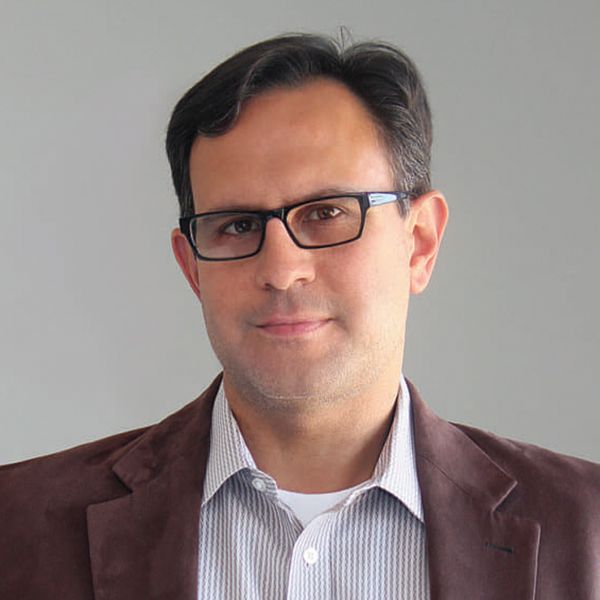 “The science is there,” Dental Trade Alliance CEO Greg Chavez (left) says. “The cost of health care just goes in one direction, and the dental industry has shown how practicing good oral health care can help keep costs down in other areas.” The DTA has been working with Charm Economics, a data-driven consultancy, to compile information about how integration might work. Charm Economics issued a report, “Medical Dental Integration: A Market-Based Assessment & Environmental Scan,” in February 2024. Among its “Key Takeaways”:
“The science is there,” Dental Trade Alliance CEO Greg Chavez (left) says. “The cost of health care just goes in one direction, and the dental industry has shown how practicing good oral health care can help keep costs down in other areas.” The DTA has been working with Charm Economics, a data-driven consultancy, to compile information about how integration might work. Charm Economics issued a report, “Medical Dental Integration: A Market-Based Assessment & Environmental Scan,” in February 2024. Among its “Key Takeaways”:
“Dental reform is inevitable, given the recognized link between oral health and overall well-being. . . . [R]ecent adjustments in Medicare and Medicaid’s historical dental coverage limitations reflect an increasing acknowledgment of dental care’s significance in promoting overall health.”
If it’s inevitable, why hasn’t it happened?
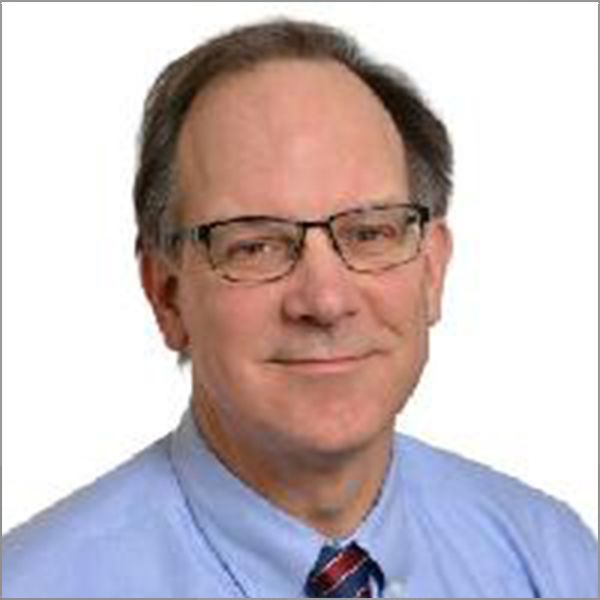 “This notion that dentistry and medicine are not silos and should be more integrated in patient care is not a new idea,” says Dr. Bryan Michalowicz (left), a dental researcher at HealthPartners Institute in Minnesota. And not all the obstacles in the way of medical-dental integration have been removed. “There’s too much self-interest,” Dr. Spielman says.
“This notion that dentistry and medicine are not silos and should be more integrated in patient care is not a new idea,” says Dr. Bryan Michalowicz (left), a dental researcher at HealthPartners Institute in Minnesota. And not all the obstacles in the way of medical-dental integration have been removed. “There’s too much self-interest,” Dr. Spielman says.
Is what’s happening at Eastern Shore Rural Health System and other centers across the country a glimpse into a future of coordinated dental and medical care? Or is it a blip in a long history in which dentistry and general medicine travel along their own separate paths with only the occasional intersection?
Making the Connection
The Charm Economics study underpins the current push to integrate. The idea isn’t just that it’s illogical to have an entirely separate infrastructure for treating the mouth and the rest of the body, but also that these two areas of health care are “inextricably linked,” as the report puts it, so the benefits to patients and caregivers extend beyond streamlining procedures.
When the pandemic hit just as Chavez was taking over the DTA, he saw firsthand the link between oral and overall health. Now, he says, “we’re trying to educate our members on what this means from a business perspective.”
This is not the first time that the dental and medical industries have pushed for integration. Dr. Michalowicz cites an ill-fated effort to link dental and general health a century ago via something called focal infection theory. That idea, introduced in the early 1900s and considered common practice by the 1920s, stemmed from the notion that disease spread from a focus of infection, often located in the mouth. “At the time it was in vogue to do aggressive extractions, removing teeth for rheumatism, heart disease [and other maladies],” he says. “It took the profession years to realize the connection was tenuous.”
Another high-profile argument for integration came almost a century ago in “The Gies Report, Dental Education in the United States and Canada,” published in 1926. Written by William J. Gies, a Columbia University biochemistry professor considered a founder of modern dental education, the report lamented that “the disorders of the teeth have been allotted to dentistry, which has been organized and is now legally defined and regulated as a division of the healing art that is intrinsically different from that of a specialty of medicine. The teeth and their closely adjacent tissues are the only parts of the body that have been thus singled out as a special domain of remedial treatment that may not be formally practiced by a physician without a special license.”
The disorders of the teeth have been allotted to dentistry, which has been organized and is now legally defined and regulated as a division of the healing art that is intrinsically different from that of a specialty of medicine.
— William J. Gies
Gies called dentistry “a very important division of health service that should be extended in scope and improved sufficiently to make it equivalent to an oral specialty of the practice of medicine, either as an accredited part of medicine or independently of it.” Yet a century later, such a tie-up continues to be debated.

The College Conundrum
NYU’s Dr. Spielman (left) cites his own school as an example of a roadblock. He recalls that Dr. Michael Alfano, the NYU Dentistry dean who became the university’s executive vice president in 2006, proposed combining dentistry and nursing under one roof there. Dr. Spielman notes that a patient generally has a dental checkup twice a year but sees a doctor for a physical exam just once, so it would make sense for dental visits to include some bloodwork and screening for conditions such as diabetes. “You have no idea the pushback we have received from organized dentistry,” Dr. Spielman says. “It was such a kerfuffle we essentially had to scrap it.”
Nonetheless, some schools do combine dental and medical training, such as the University of Southern California, where the Herman Ostrow School of Dentistry and the Keck School of Medicine “offer a continuous 72-month integrated course of study leading to a medical degree in addition to a certificate in oral and maxillofacial surgery”; the University of Pennsylvania, with its four-year DMD curriculum at Penn Dental Medicine; and the Harvard School of Dental Medicine, which launched an initiative to integrate the two in 2015 and now offers combined services—including a visit with a nurse practitioner—at its dental centers to “identify health risks and help you reduce them,” its website reads.
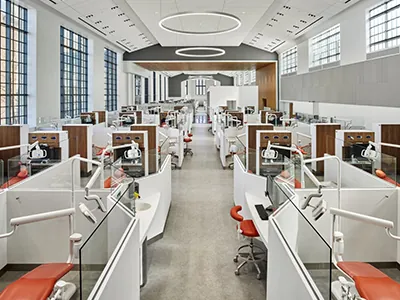
Photograph courtesy of Penn Dental Medicine
“I would say that about 10 percent [of dental schools] are doing a decent job with integration,” Dr. Spielman says. “Ninety percent pay lip service to it.”
Part of the problem may be that even if educational institutions wish to integrate, not all dental students are motivated to do the same. Would they opt to add years of schooling and the associated costs to their education? “They want to practice,” Dr. Spielman says, noting that dental students might accumulate $300,000 to $400,000 of debt in school. “They couldn’t care less about how medicine is integrated.”
Also, if a school tries to incorporate medical education into a four-year dental program, it must find room for it within the existing curriculum. “There’s just so much you can put into the days and weeks of a dental education,” Dr. Spielman says. “Where do you put the new stuff?” Dr. Wolpin would like to see “one universal health-training discipline” where “dentistry is like any other surgical specialty of medicine.”
A Tenuous Link
These efforts operate under the assumption that dental care is an important, overlooked aspect of overall health care. But Dr. Michalowicz cautions against pushing the “causality” between oral and medical health. He coauthored a 2018 guest editorial in the Journal of the American Dental Association titled “Promoting oral health care because of its possible effect on systemic disease is premature and may be misleading.” It reads, in part:
“Promoting the concept that prevention or treatment of oral disease reduces morbidity, prolongs survival and reduces the cost of medical care is an attractive strategy for patient recruitment and to justify insurance coverage for oral health care. However, there remains a need for more convincing and higher-quality evidence . . . before it can be claimed that attaining good oral health can prevent systemic diseases or conditions.”
Dr. Michalowicz’s opinion hasn’t changed since then. “There’s no smoking gun,” he says, to prove that any dental treatment reduces the possibility of heart disease, stroke or other serious medical conditions. “People may be overselling the relative importance of dental treatment in managing some medical conditions. Nobody, including me as a dentist for over 40 years, is advocating for poor dental health. You can’t be healthy without oral health.”
“Overall wellness requires oral health. It can’t be left out. It can’t be ignored any longer. It’s time to put the mouth back in the body.”
Still, he says he supports further integration. “There are certainly instances where dental pathology can affect general health,” he says. “Anything that can break down these silos between these disciplines is valuable. Physicians can learn more about dental disease and how that affects general health, and dentists can learn more about medical outcomes.”
Dentistry is at a disadvantage, he notes, when it comes to proving links between oral and general health given the scarcity of dental research funding compared with that of organizations such as the National Cancer Institute and the American Heart Association. “[Dental organizations] alone are not going to be able to fund these multi-multimillion-dollar trials that are typical in cardiovascular disease studies,” he says.
The American Dental Association acknowledges the link between oral and general health but also stops short of declaring any causation. “Periodontal disease has been associated with a number of health conditions, including heart disease and diabetes,” the organization’s website notes. “While a number of associations have been found between periodontitis and systemic conditions, finding direct causality remains elusive.”
The ADA declined to make anyone available to speak for this article and offered this statement instead: “Oral health is a very important part of overall health. The ADA supports dental services as ‘Essential Health Benefits.’ The ADA also strongly believes that oral health is linked to overall health outcomes. The ADA advocates for well-designed policies that support access to comprehensive dental care while reducing cost barriers for patients. The ADA is dedicated to help patients attain optimal oral health regardless of how these policies are bundled in the market.”
Dr. Rossomando characterizes the relationship between dental and medical more bluntly: “A political merger between the American Medical Association and the American Dental Association will never happen. It would be like Protestants and Catholics merging. The organizations are too entrenched. There’s too much money involved.”
 Government—and Infrastructure
Government—and Infrastructure
One way to measure integration’s progress is to look at what the federal government is doing. The separation of dentistry from general medicine was reinforced when Medicare was established in 1965 and excluded dental services coverage, aside from some limited circumstances. The Charm Economics study reports that in 2018, 47 percent of Medicare beneficiaries did not visit a dentist, citing cost as a chief reason.
But the government, and private insurers following its lead, have since taken steps to place oral care under the general health umbrella. In 2019 the United States House of Representatives passed HR3, which included comprehensive dental, vision and hearing coverage for Medicare, but the bill didn’t make it to the Senate floor. In 2021, with Joe Biden as president, the Centers for Medicare & Medicaid Services (CMS) named its inaugural chief dental officer, Natalia Chalmers (above; see also here), a pediatric dentist and former dental officer at the U.S. Food and Drug Administration. The CMS announcement of her appointment noted: “Her research has translated into action improving oral care and advocating for the role health policy can play across the lifespan—particularly when it embraces dental well-being as a facet of care for the whole person.”
47% of Medicare beneficiaries did not visit a dentist in 2018, citing cost as a chief reason.
Since then, the Biden Administration, via CMS, has expanded Medicare to cover medically necessary dental procedures and established a reimbursement schedule for them. Those procedures include services such as a dental or oral examination required before a renal organ transplant surgery; reconstruction of a dental ridge due to the surgical removal of a tumor; wiring or immobilization of teeth during treatment for a jaw fracture; and dental splints used in conjunction with a medically necessary treatment, according to an analysis by the health policy–focused nonprofit KFF.
Medicare can also pay for ancillary services critical to the success of dental procedures, such as X-rays, anesthesia and use of an operating room. “Medicare Parts A and B payment for dental services can occur only when dental and medical services are integrated,” KFF reports.
Adam Block, founder and principal of Charm Economics, says increased demand for integrated coverage can be seen in the sharp rise in popularity of Medicare Advantage plans. These are administered by private companies that adhere to Medicare’s guidelines but offer extra services, such as, in the majority of their plans, dental coverage. The Charm Economics report states that in less than two decades, the share of the Medicare population who have signed up for Medicare Advantage has grown from 19 percent to 51 percent and is expected to hit 62 percent by 2033, less than a decade away. “The thing that is bringing people into their Medicare plans is, frequently, dental benefits,” Block says.
Dental care is just the latest in a series of services folded into general medical coverage. Twenty years ago, Block adds, Medicare Advantage lured customers through its pharmaceutical benefits until Medicare itself started offering them. “Mental health care was not treated as an integrated benefit in commercial health plans for a very long time,” he adds. When the Mental Health Parity and Addiction Equity Act was introduced in 2008 and implemented in 2011, the resulting integration of mental and physical health coverage created greater demand for these services, he says.
Block expects a similar demand boost for combined medical-dental services. This anticipated surge is why the DTA is working with Charm Economics to determine how integration might affect the supply side of the industry. “It’s slowly happening,” Chavez says. “We want to provide this information so our members can do their own scenario planning around it.”
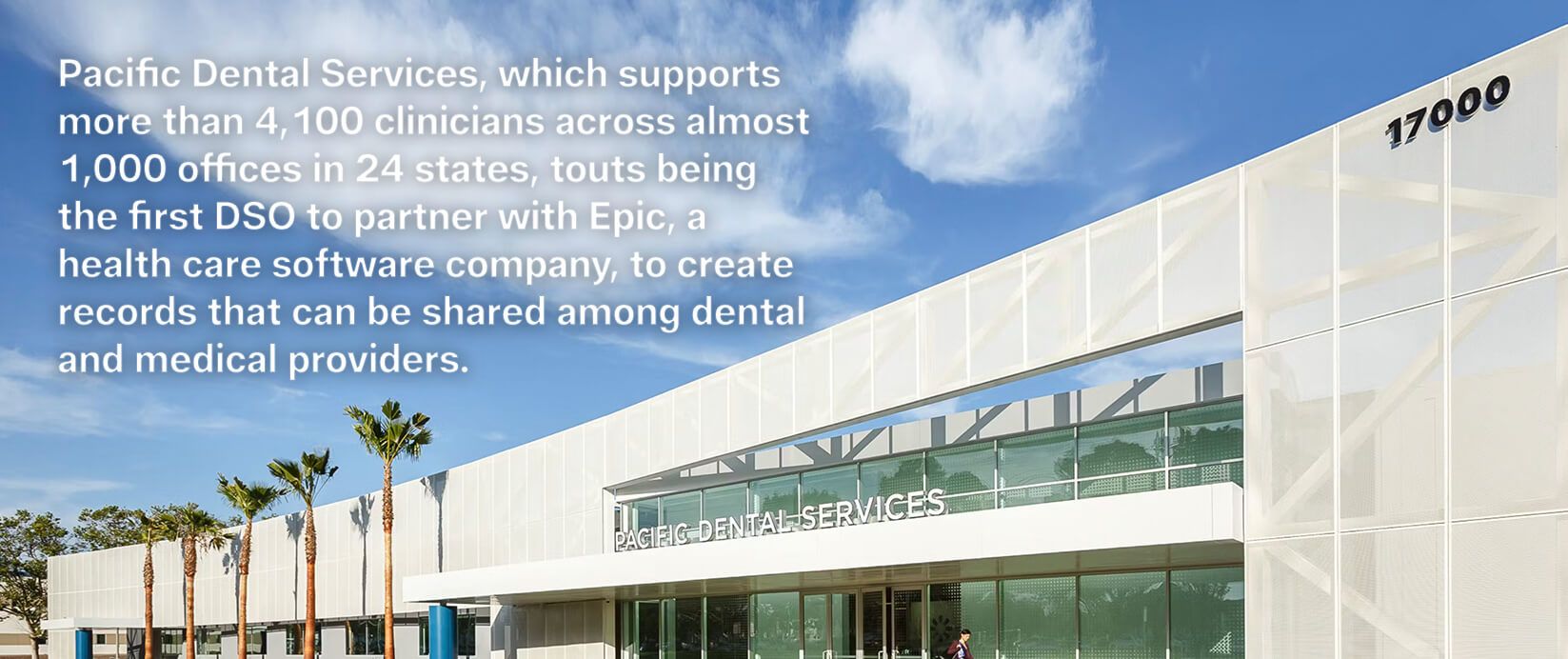
lpadesignstudios.com/projects/pacific-dental-services
Much behind-the-scenes work must take place to ensure that medical and dental health professionals can access and read one another’s records, which have been developed on separate, often incompatible systems. Pacific Dental Services, which supports more than 4,100 clinicians across almost 1,000 offices in 24 states, touts being the first DSO to partner with Epic, a health care software company, to create records that can be shared among dental and medical providers.
For his part, Block says that enabling dental and medical records to talk to each other “will be a data challenge that will take years, not months, to overcome.”
Better Apart Than Together?
Much resistance to integration appears to come from private-practice dentists—with good reason. Dr. Spielman says they have seen doctors’ practices “gobbled up by hospitals,” turning the doctors into hospital employees instead of independent practitioners. If dentistry and general medicine became fully integrated, many dentists fear “they would be essentially going in the same direction.”
“There may be some dentists who feel like if we do dental-medical integration, things could change,” acknowledges Dr. Shailee Gupta, former chair of the ADA Council on Advocacy for Access and Prevention. “It’s not a comfortable feeling.”
Dr. Rossomando notes one of the most fundamental differences between dental and medical practices: “Not only do dentists diagnose the problem, but they have to fix it,” he says. “The diseases a dentist treats are narrow. Either a person has decay, or they don’t. Either they have a lost tooth, or they don’t.”
At the same time, he adds, “dental technology has become so easy. When I went to dental school, to make a crown or a false tooth or a bridge was so labor-intensive. Now it’s done by a computer.”
There may be some dentists who feel like if we do dental-medical integration, things could change. It’s not a comfortable feeling.
— Dr. Shailee Gupta

stdavidsfoundation.org/about

Different Paths Toward the Future
Nonetheless, Dr. Wolpin of Eastern Shore Rural Health System (left) calls community health centers the “innovation areas” of integration. “I think our country is going toward a blended solution,” he says. “What the community health centers are doing is helpful for people who don’t have a lot of resources.” In contrast, “there are always going to be more fortunate patients” who stick with their separate dentists and physicians.
The ADA Council on Advocacy for Access and Prevention passed a 2022 resolution encouraging dentists and other health care providers to work together to address connections between oral health and systemic disease. Now Dr. Gupta, the council’s former chair, is putting these ideas into practice as director of dental programs for St. David’s Foundation, which delivers health care to underserved populations in central Texas.
“On a list of priorities of families that may be underserved, oral health falls to the bottom if they’re worried about putting food on the table,” she says, noting that her job is to explain the benefits of integration to these communities. “I believe in it. [More] data and stories are the best way to get collective buy-in from patients and colleagues.”
Ryan Robinson, CEO/founder/Chief Visionary Officer of the REM Team, is attempting to expand a chain of dentist-driven health centers that focus on pain, sleep and airway issues. His company’s collection of practices includes two Pain and Sleep Therapy Centers in the Delaware-Pennsylvania-Maryland area. “My goal is to grow that brand to be nationwide,” he says. “What I’m trying to do is get dentists to take control of their own communities and to try to bridge this major gap in health care.”
16 states now allow dental therapists.
Jamie Dooley (below), based in western Michigan, founded the National Network of Healthcare Hygienists in 2018 to offer certificate programs to Registered Dental Hygienists “who have a mindset of oral-systemic wellness over dental health alone.” The aim is for these hygienists to use this additional training to add oral health care to general medical clinics. “Overall wellness requires oral health,” Dooley says. “It can’t be left out. It can’t be ignored any longer. It’s time to put the mouth back in the body.” Dooley says 250 hygienists have enrolled in her program, which she says is close to being accredited. “We believe every health care system should have one RDH on staff,” she says, citing the Oklahoma City Indian Clinic as one that has integrated them into its medical care.
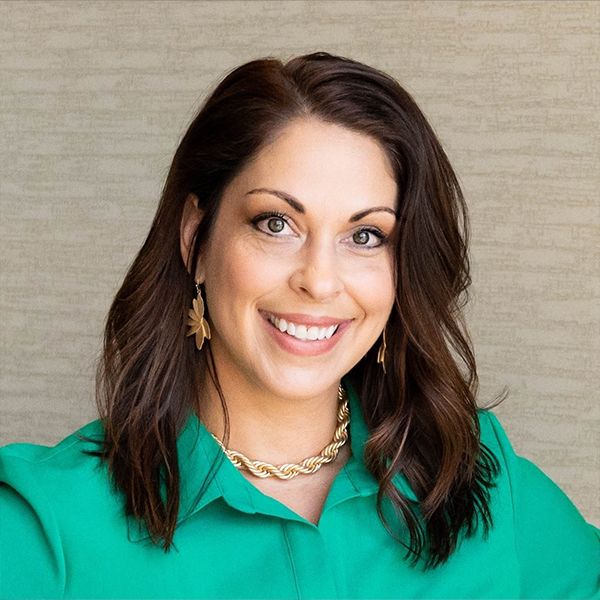
Her efforts underscore the notion that many of those populating integration programs may lack advanced degrees. Dr. Spielman makes the case for dental therapists to play a larger role in health care, particularly in underserved communities and among children. These professionals, called dental nurses in an earlier incarnation, require less training than dentists and can provide much-needed preventive care at community health clinics. He says 16 states now allow them. In the past, the ADA has opposed dental therapists, instead urging communities to work with licensed dentists.
Dr. Rossomando envisions the development of “a two-tiered system” in which dental therapists provide basic care to a broad population while private dentists offer higher-end treatment. He compares the situation to the mental health field, in which licensed therapists and social workers do much counseling—and now receive insurance reimbursements—when before the field was dominated by psychologists with doctors’ degrees.
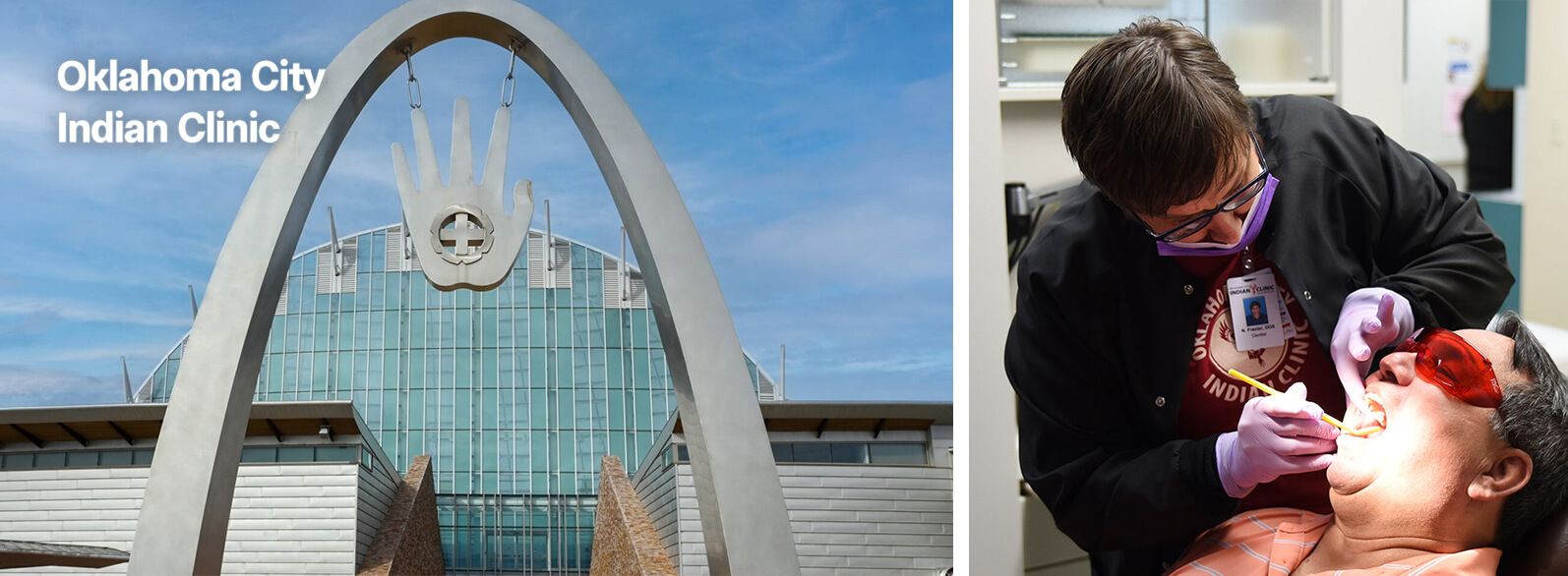
okcic.com/dental
Will the insurance industry and government further advance a merger of medical and dental care as well, with the two covered jointly by Medicare, Medicaid, general insurance plans and beyond? That remains to be seen. Getting both houses of Congress and the president to pass any significant legislation has been a challenge, so sweeping governmental change may be slow to arrive. But the momentum is moving in only one direction. “This is where health care is going,” Chavez says. He and many in the dental and medical industries are banking on it. ■



